3D Printing in Healthcare: Medical and Dental applications
As with all the other industries, the medical sector is also benefiting from the advent of cheaper and more accessible additive manufacturing technology and 3D printing. In the medical field, 3D printing has brought about changes and innovation to various processes, some being more complex and futuristic than others. Following are some applications of 3D printing in healthcare that will be discussed further in this blog post.
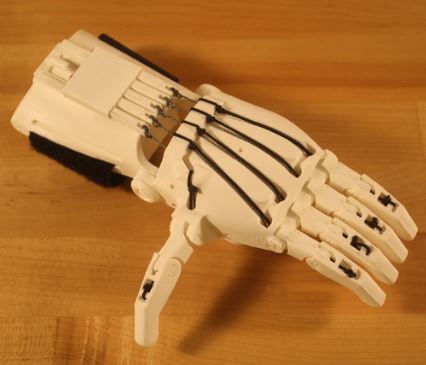
Surgical preparation and educational aid
3D printing has made it possible for a surgeon to prepare for a surgery before actually opening up a patient. This is possible thanks to scanning technologies, followed by 3D printing and recreating the same internal environment as accurate 3D printed anatomical models that are patient specific. This physical simulation and visualisation, allows the surgeon to look at the affected areas from various angles and increases the likelihood of a successful intervention and a quicker patient recovery.

Using 3D printed models for surgical simulation, exploration and preparation offers also huge cost and time savings.
Prostheses and implants
Traditionally manufactured prostheses were very expensive as customisation was only possible with specialised tools. The advent of cheap 3D printers, scanners and modelling software, means that not only do users have better fitting prostheses giving them more comfort, but they are also free to customise and personalise the prosthesis to their liking.
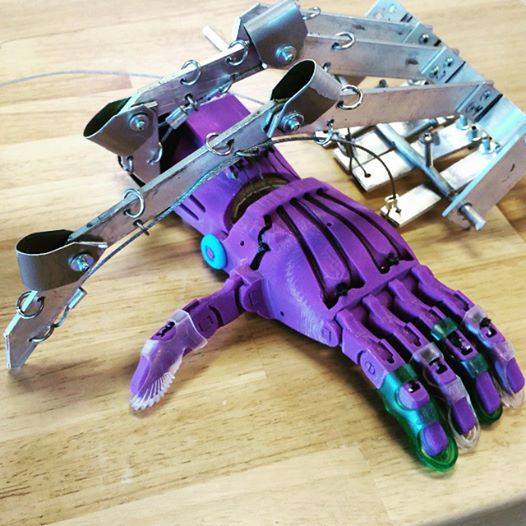
There are community driven projects that aim to make this even more accessible such as the E-NABLE project.
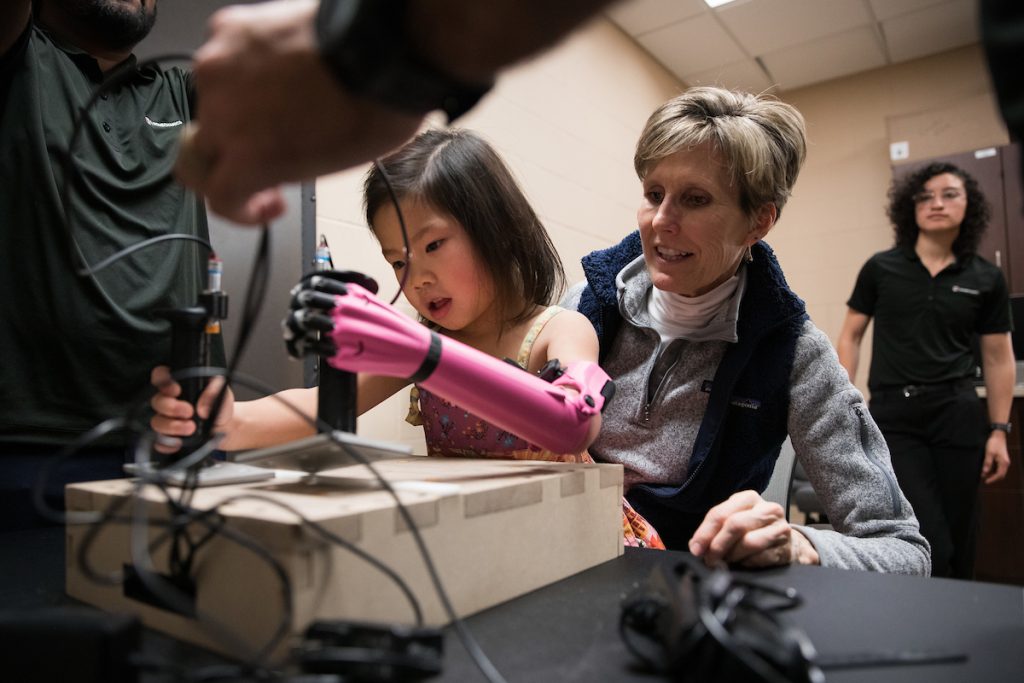
Patient-specific implants are another area that has benefited from 3D printing technology with lower costs, faster turn around times and better fits and patient comfort.
Dental
Another example of the use of 3D printing in healthcare is the dental sector. Teeth are unique and every tooth could be very different from the next. This creates a very challenging issue for a dentist when tending to his patients. 3D printing and scanning allow for easier customisation to better cater for the specific patient’s needs.
The main benefits of using 3D printing in this industry are speed and cost. Stereolithography 3D printing (SLA) is the technology that is finding most use here given the high accuracy that can be achieved with it.
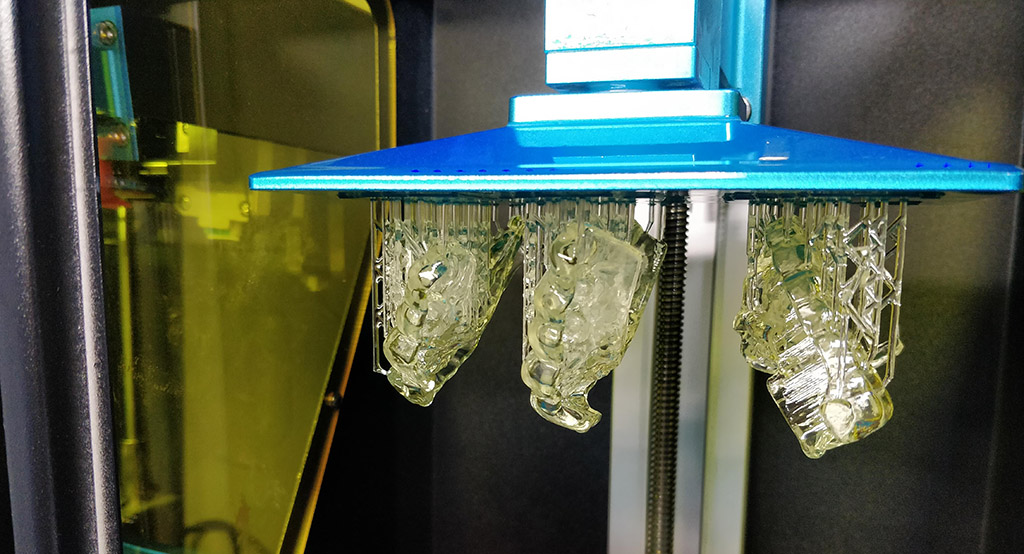
3D printing allows the following processes to be done in a matter of days or hours instead of the traditional timeframe measured in weeks.
Prosthodontics, like crowns and bridges, correct for damaged or missing teeth.
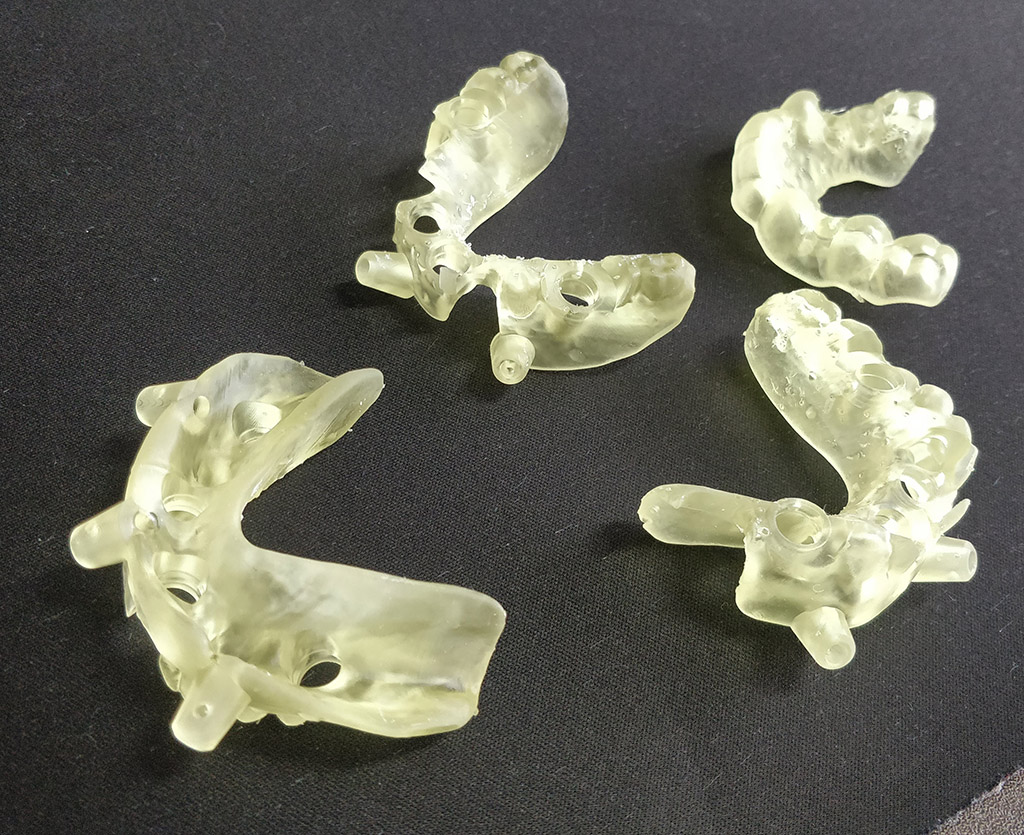
Night guards and aligners, that help in protecting teeth and aligning them.
Surgical guides, by fitting perfectly to the patient’s teeth these provide a precise template that aids the dentist in drilling and working on the required parts of the teeth.
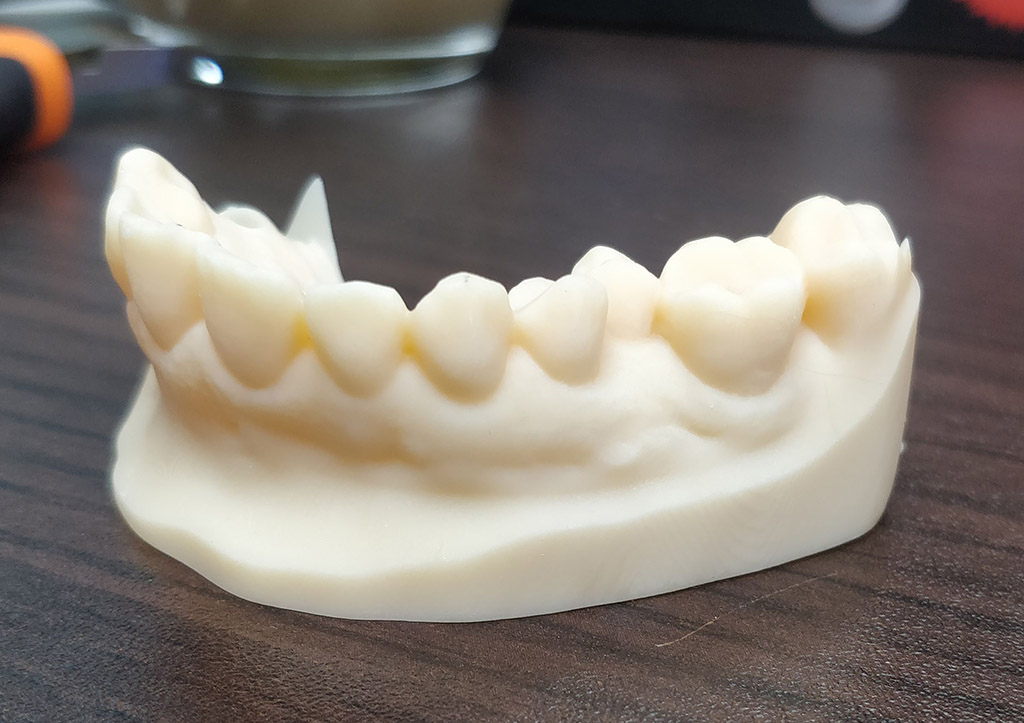
Models to test fit any implants, crowns or aligners before installation. Could be used even for educational purposes.
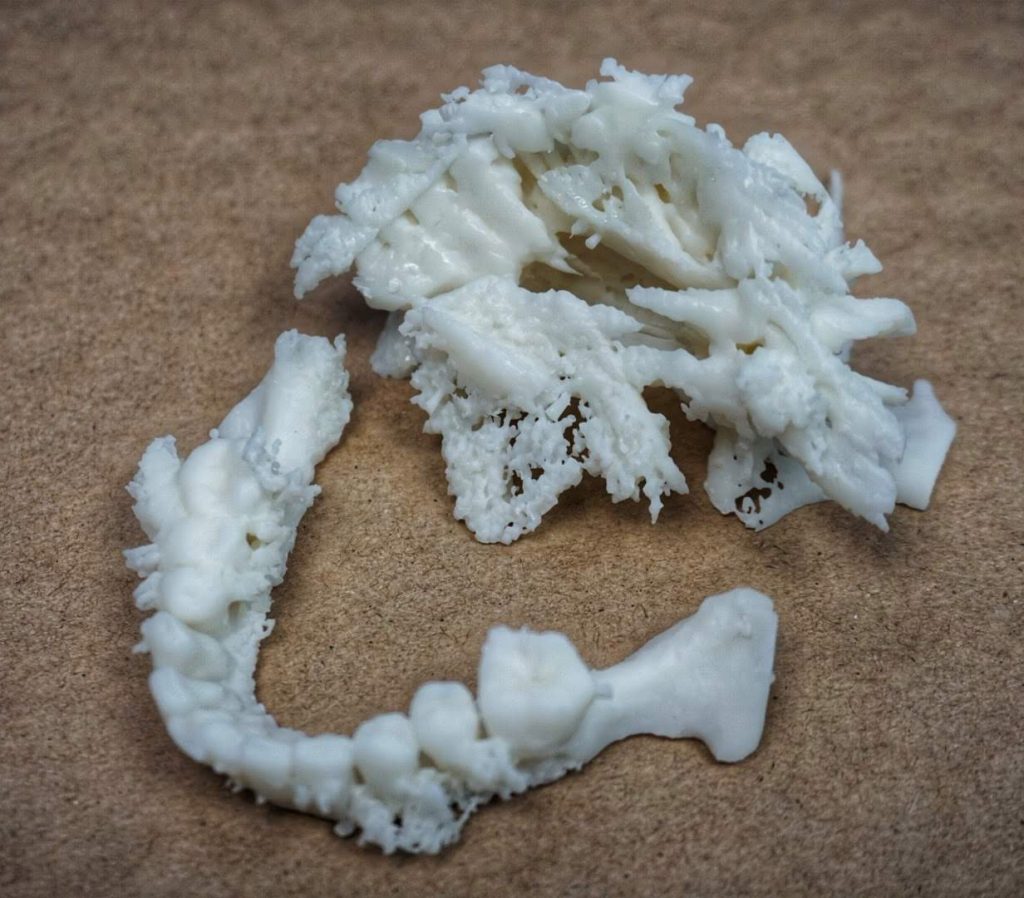
Bioprinting
A very exciting area that is being enabled by 3D printing in healthcare is that of creating human tissues and organs by directly 3D printing them. These organs being 3D printed and not transplanted solve multiple issues:
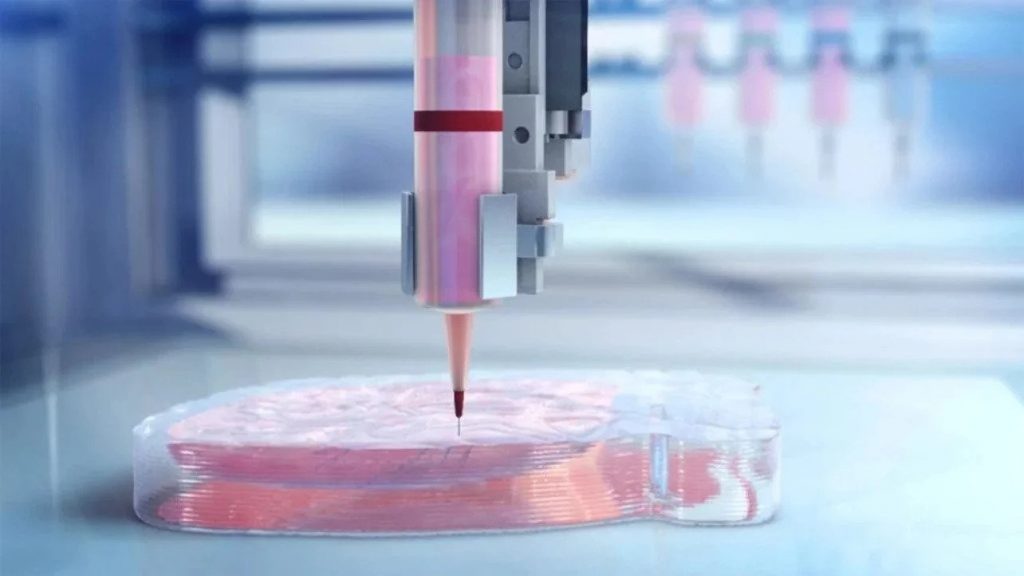
There will no longer be a short supply of organs as they can be created on demand.
There are no ethical and moral issues as these organs will be 3D printed in a machine and not transplanted.
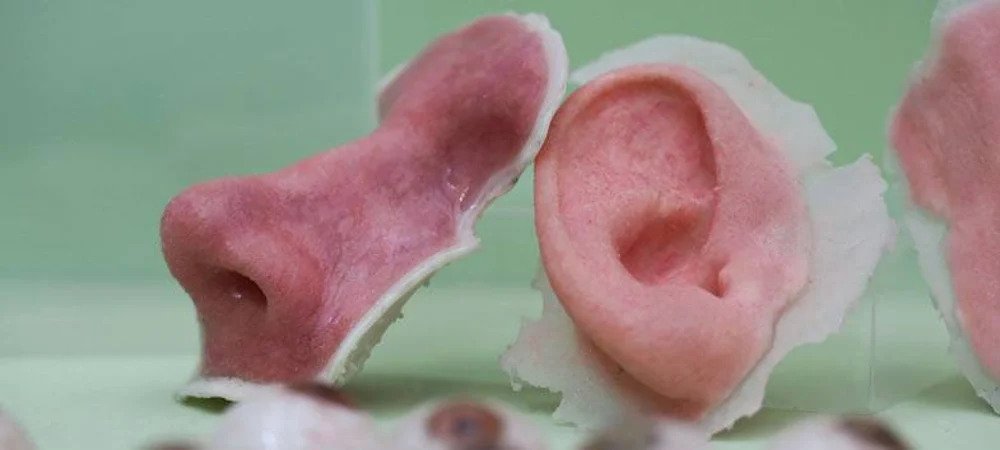
Rejection by the patient should be reduced as the organs will be printed utilising the patient’s own cells.
Bioprinting of tissue cells and 3D bio structures is also boosting and enhancing medical research in various other that explore how cells grow, propagate and specialise.

New applications for 3D printing are being explored and are pushing forward research and development in all aspects of our life. Interested in other applications of 3D printing, check out last week’s blog post on the applications of 3D printing in construction.